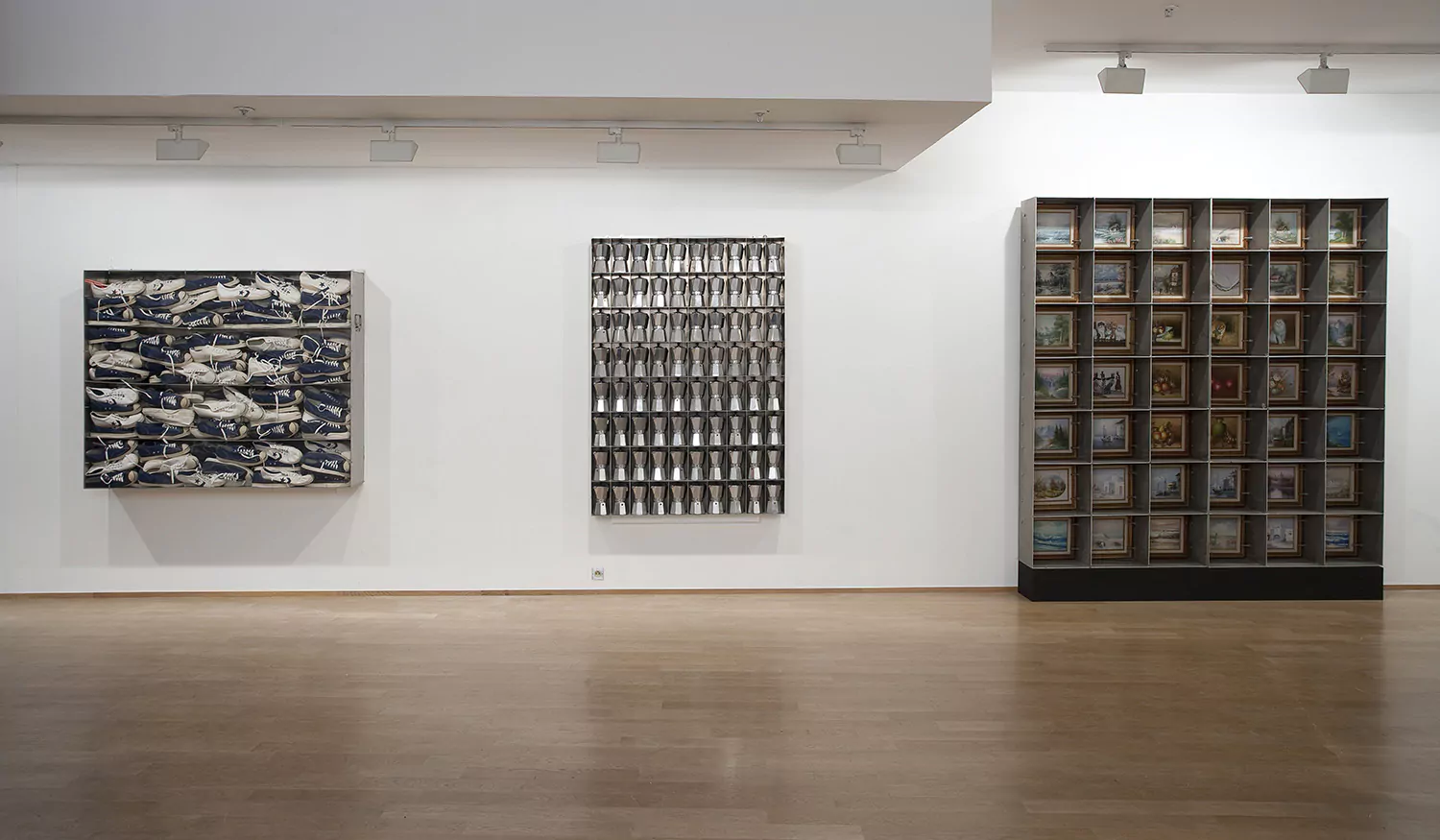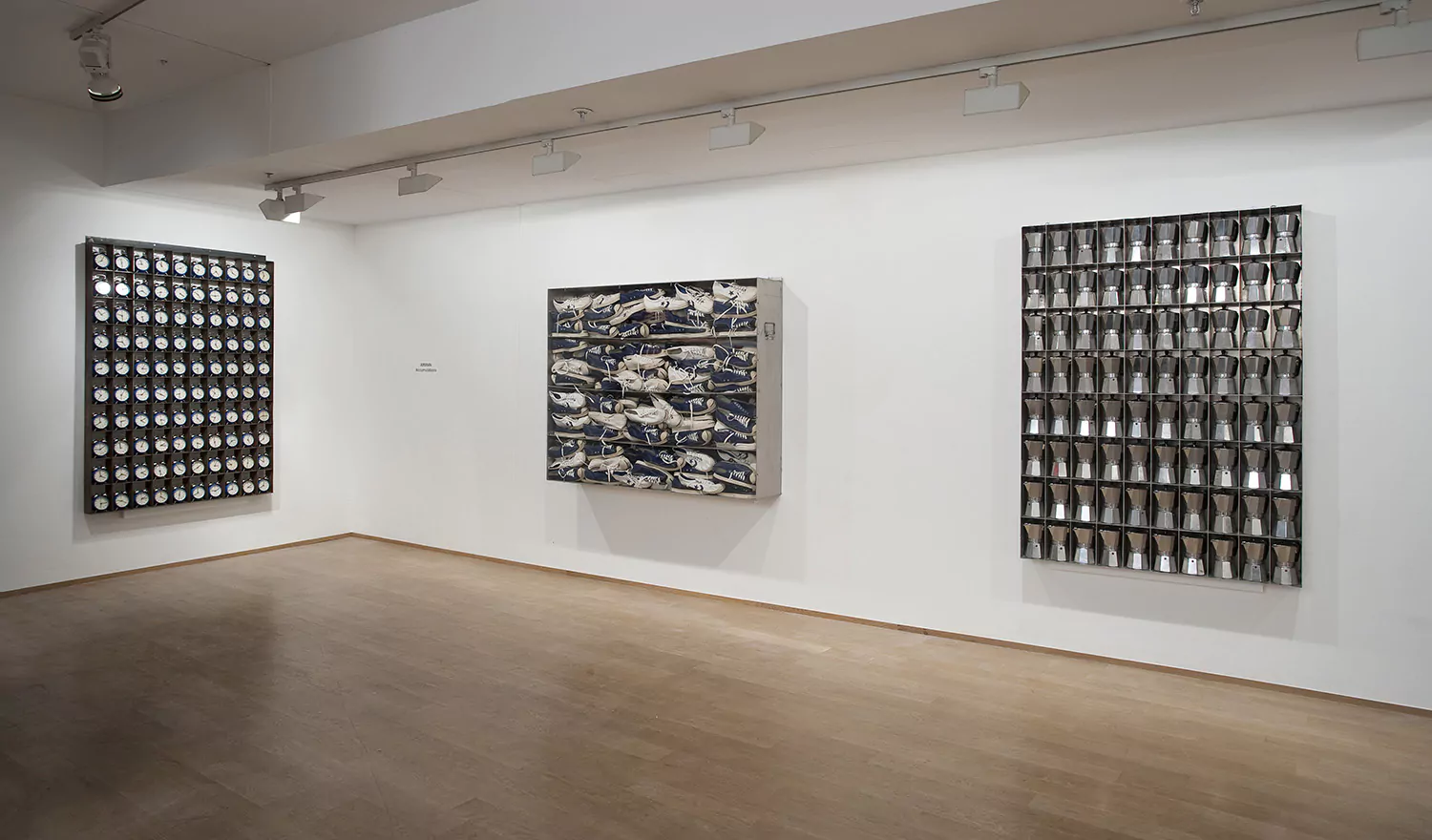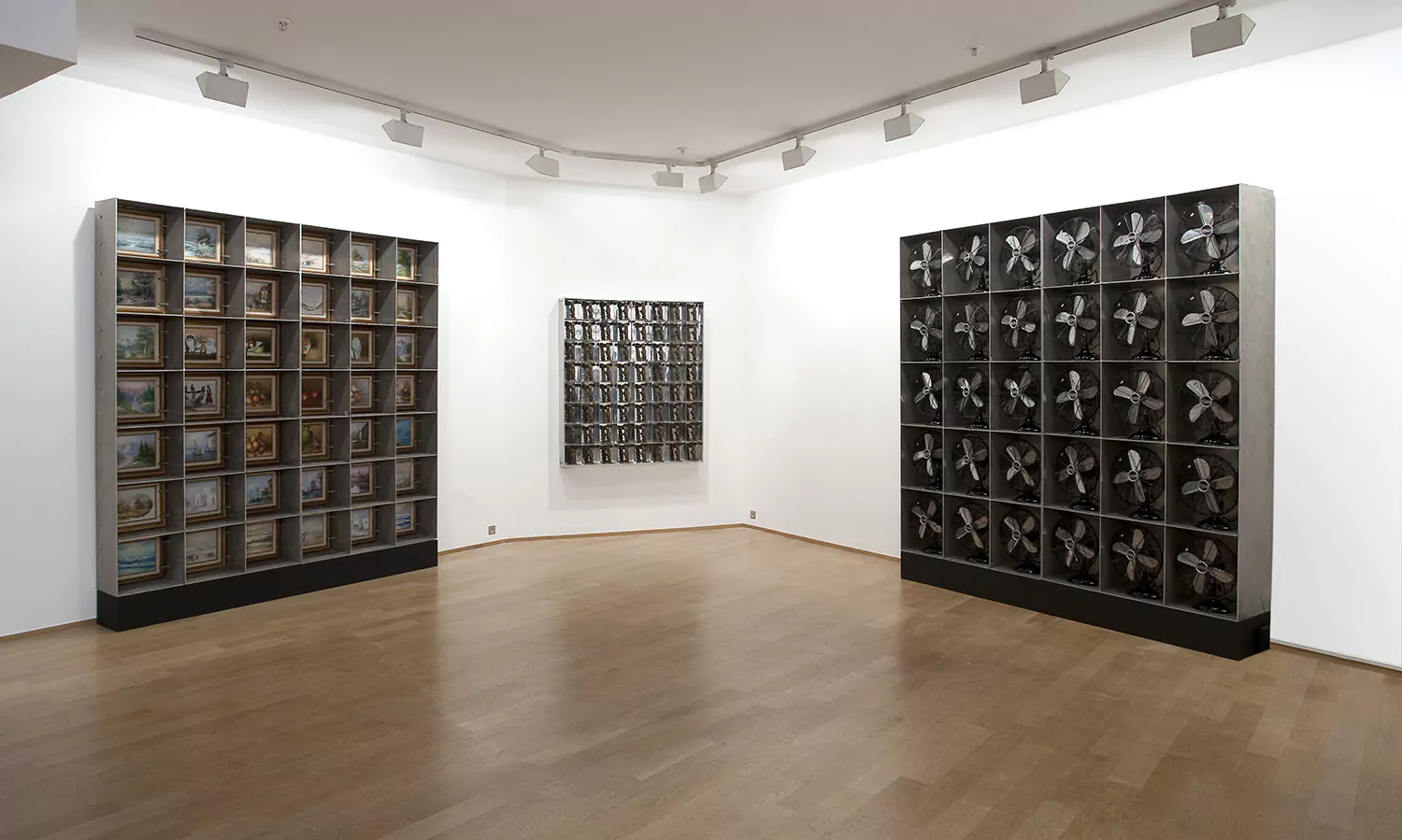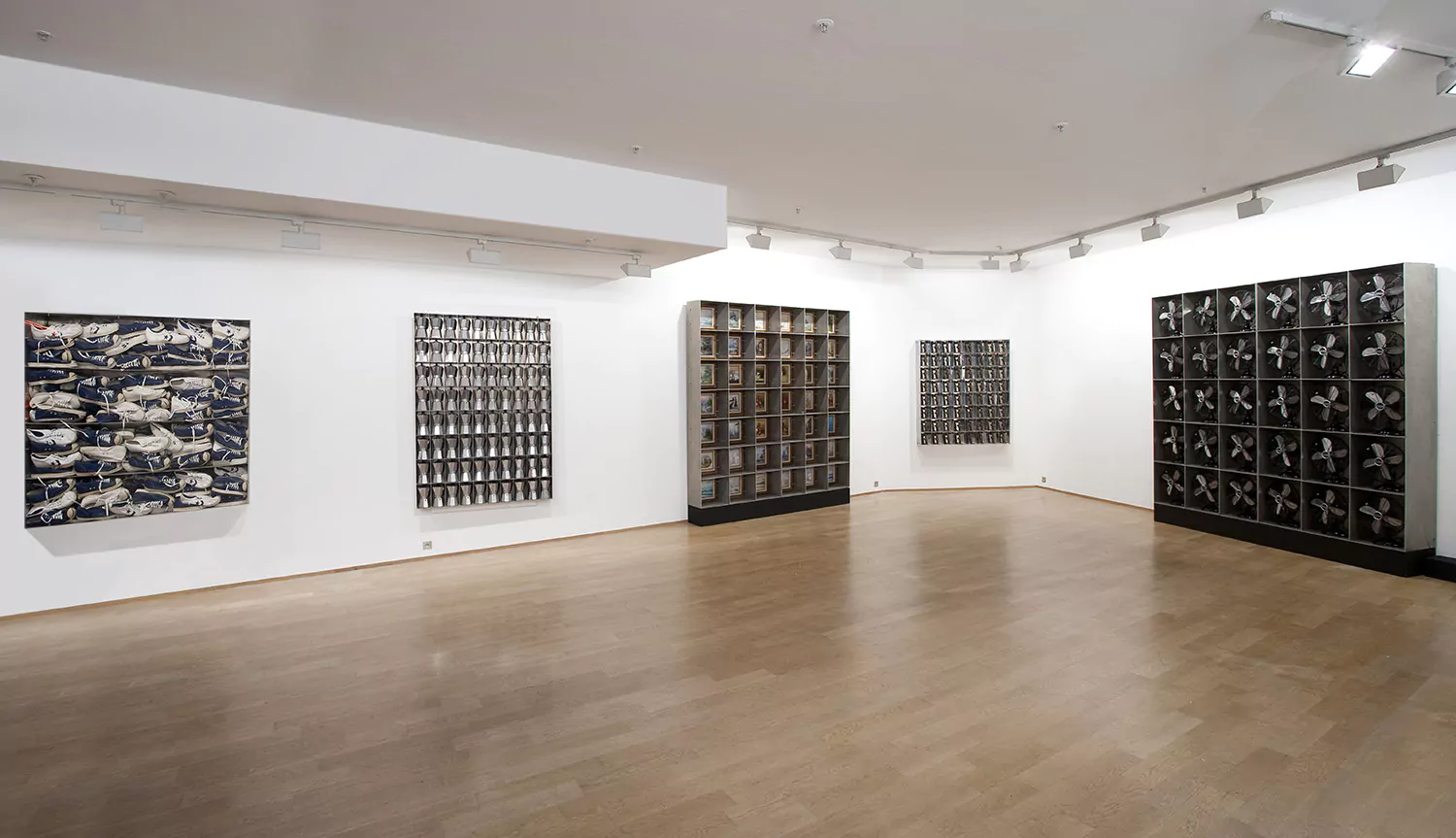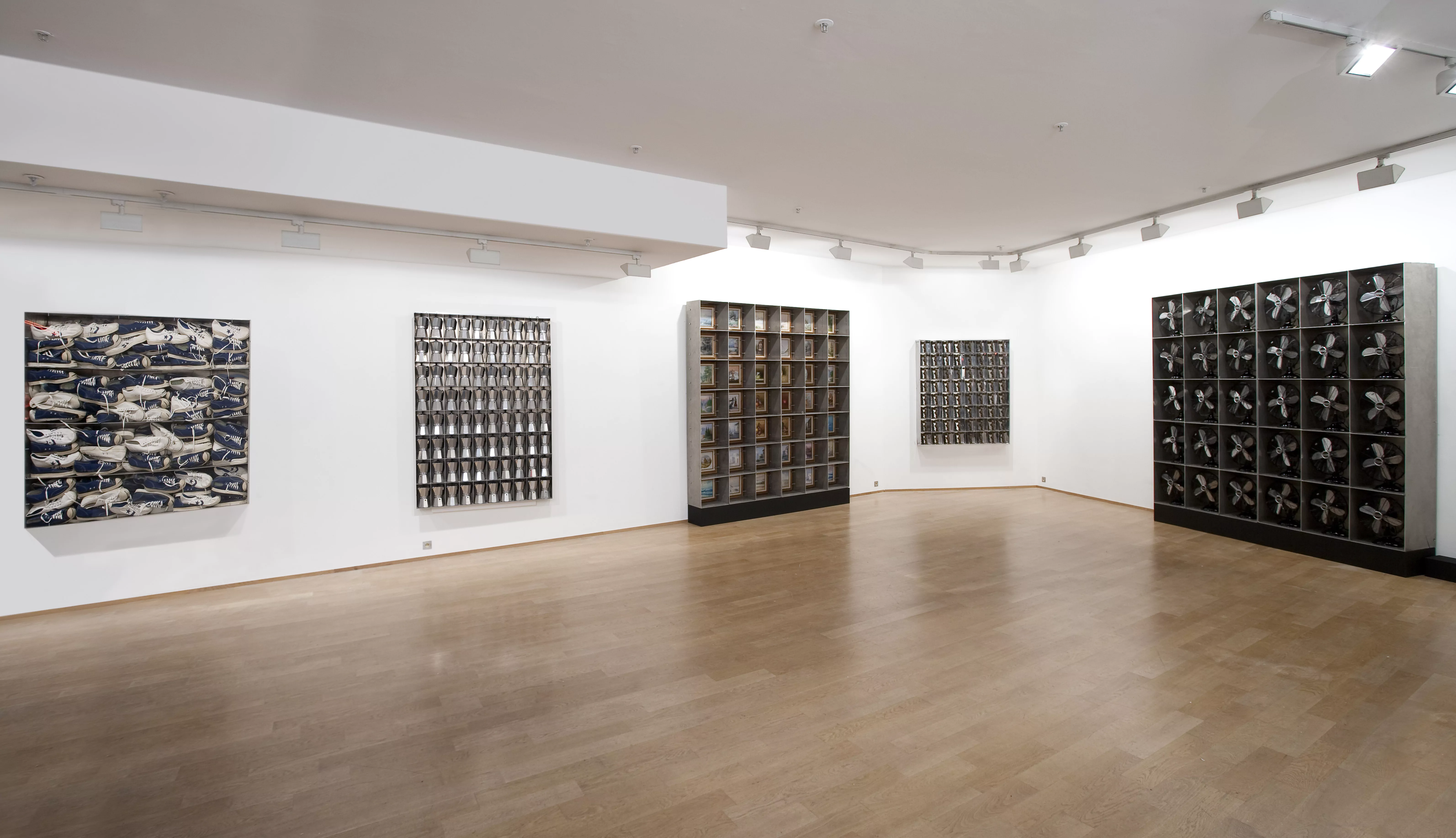
Arman
Accumulations
Coinciding with the Centre Pompidou’s first major retrospective of the sculptor Arman (1928 – 2005), Galerie Daniel Templon is presenting an exhibition of Accumulations from the last twenty years.
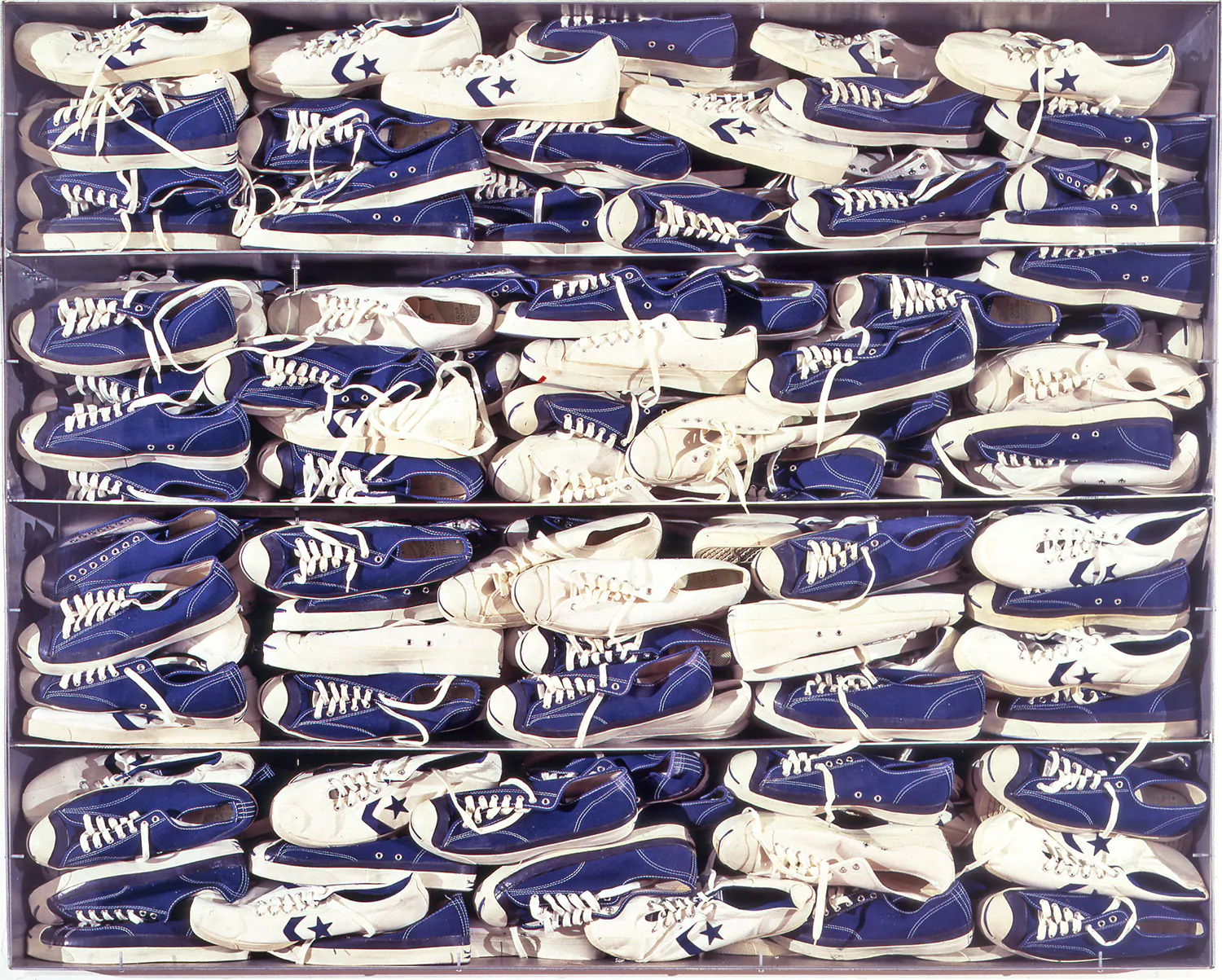
Seen as one of the leaders of New Realism, Arman’s influence has extended beyond the historical turning point of the sixties with his introduction of a language that has profoundly marked contemporary art. In the words of Daniel Abadie, Arman is “one of the creators of modernity.” He developed a relationship with the object that “altered once and for all the traditional definition of a work of art.” Questioning consumer society and the loss of the object’s identity, the serial principle of his work has influenced several generations of artists. From Damien Hirst’s Pharmacy to Indian artist Subodh Gupta’s cooking utensil sculptures, a great many contemporary sculptures have followed the path opened up by the Accumulations series.
The works exhibited at Galerie Templon offer inspired variations on the Accumulations process he began exploring in 1960. These formalized, stripped down works produced between 1982 and 1993 bear witness to his spectacular return to creative form in the 1980s.
By introducing very subtle differences between objects, in how they lean or rotate, Arman gives each one the chance to distinguish itself from its fellows; it re-enchants the world by asserting that it is “ever and astoundingly different.” The evocative titles — Victoire sans limite ,Crowded Finale — set us to imagining stories for each piece. The works can be read on different levels: as an abstract composition, a reference to the history of art or a personal anecdote.
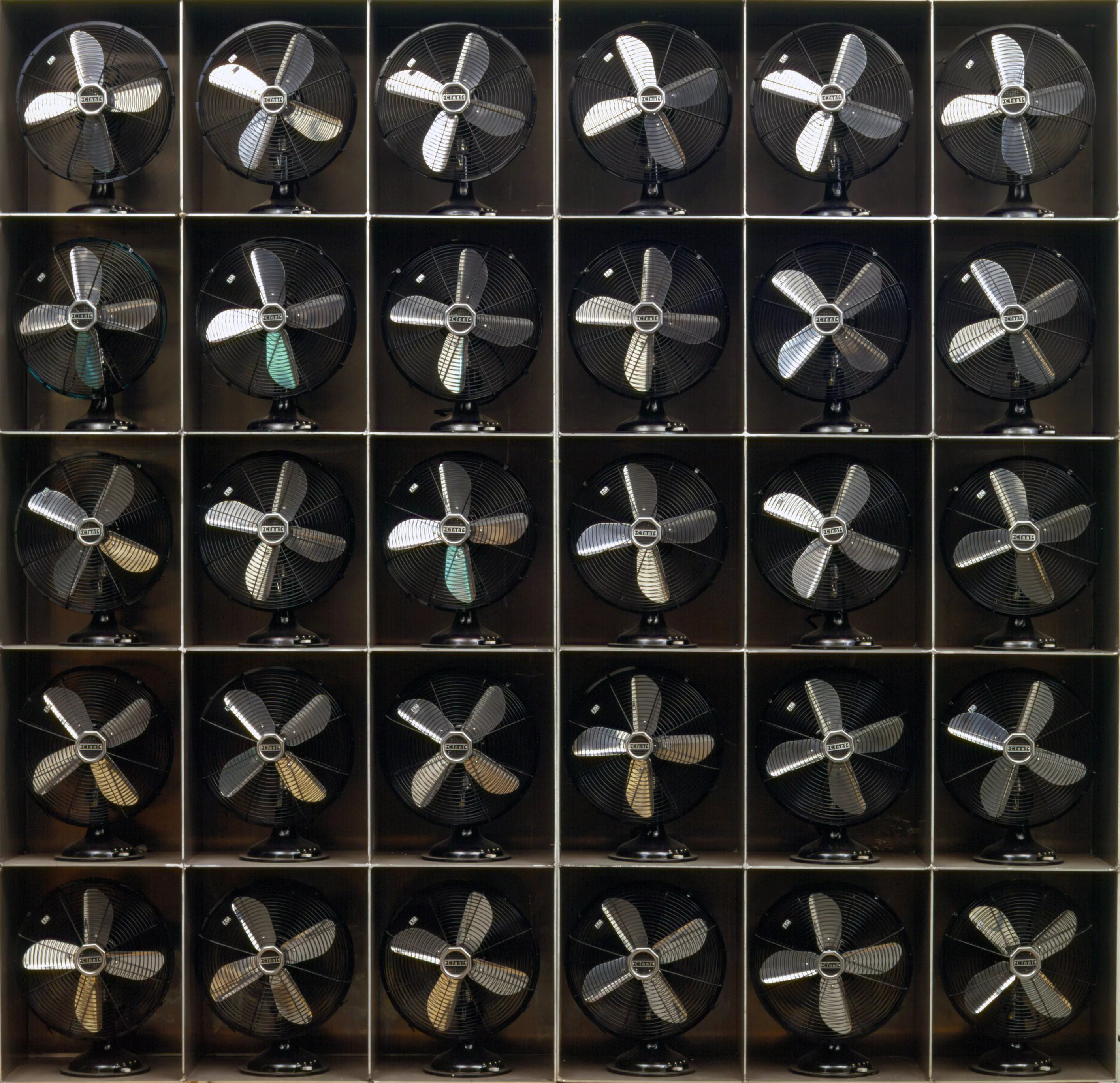
The artist
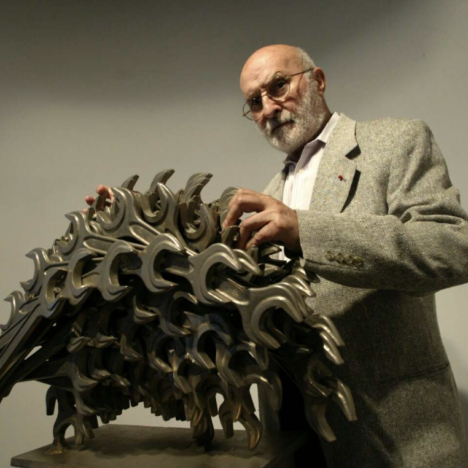
Franco-American artist Arman was born in Nice in 1928 and died in New York in 2005. A founder and leading figure of the Nouveau Réalisme movement, he created a new aesthetic based on the object. A painter and sculptor known for his ‘accumulations’, he made direct use of manufactured objects. His work questions consumer society and the loss of the object’s identity, centring on two imperatives: the need to keep objects, and the need to destroy them.
